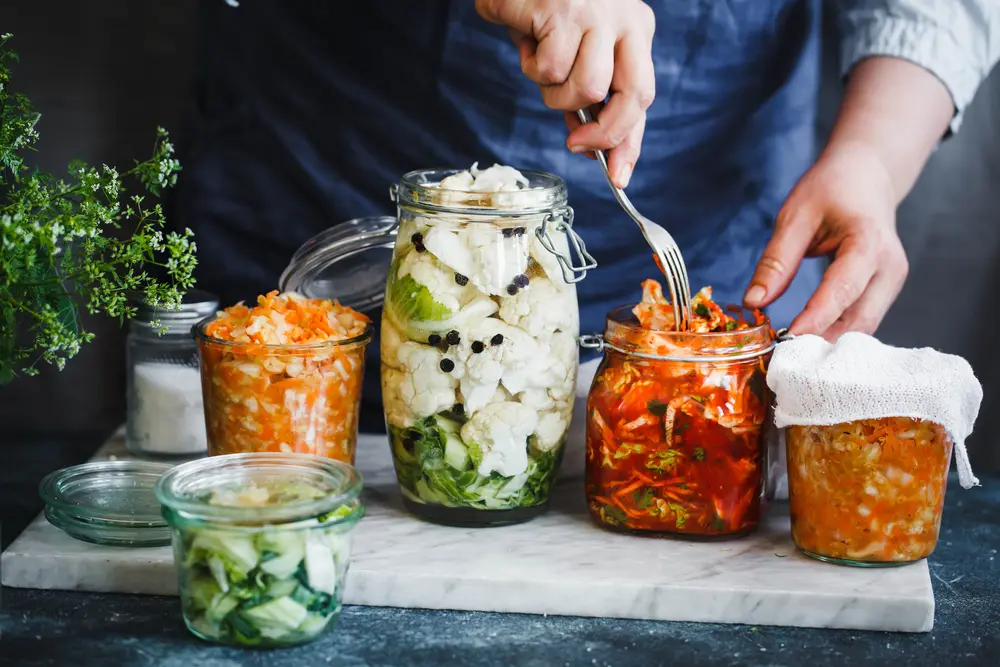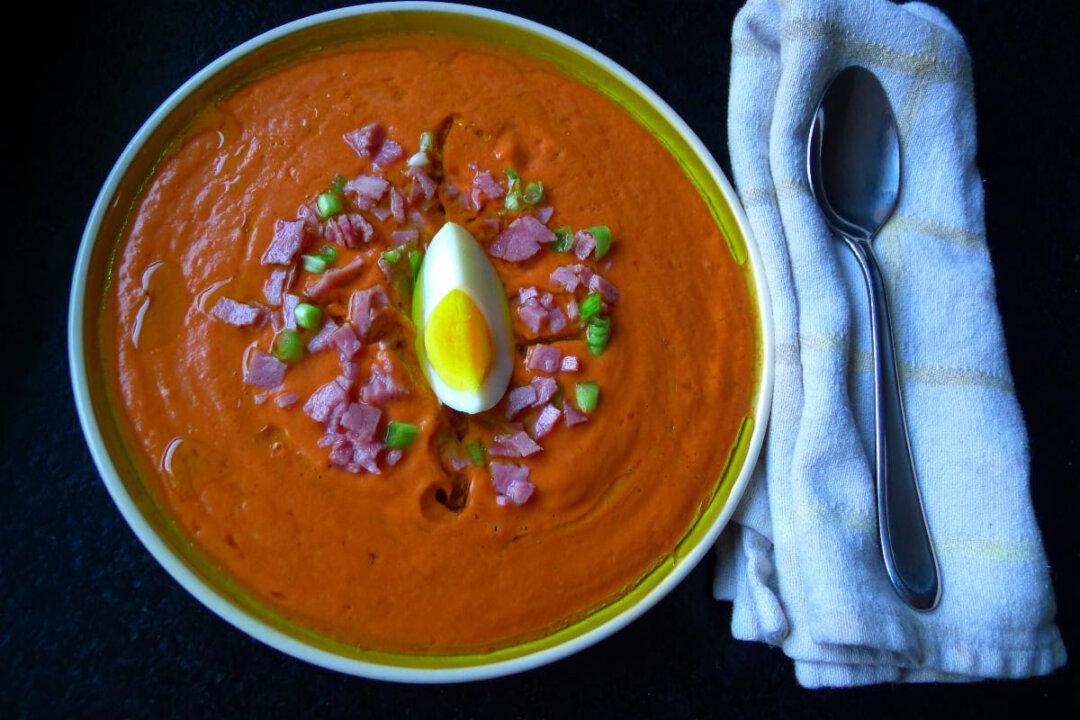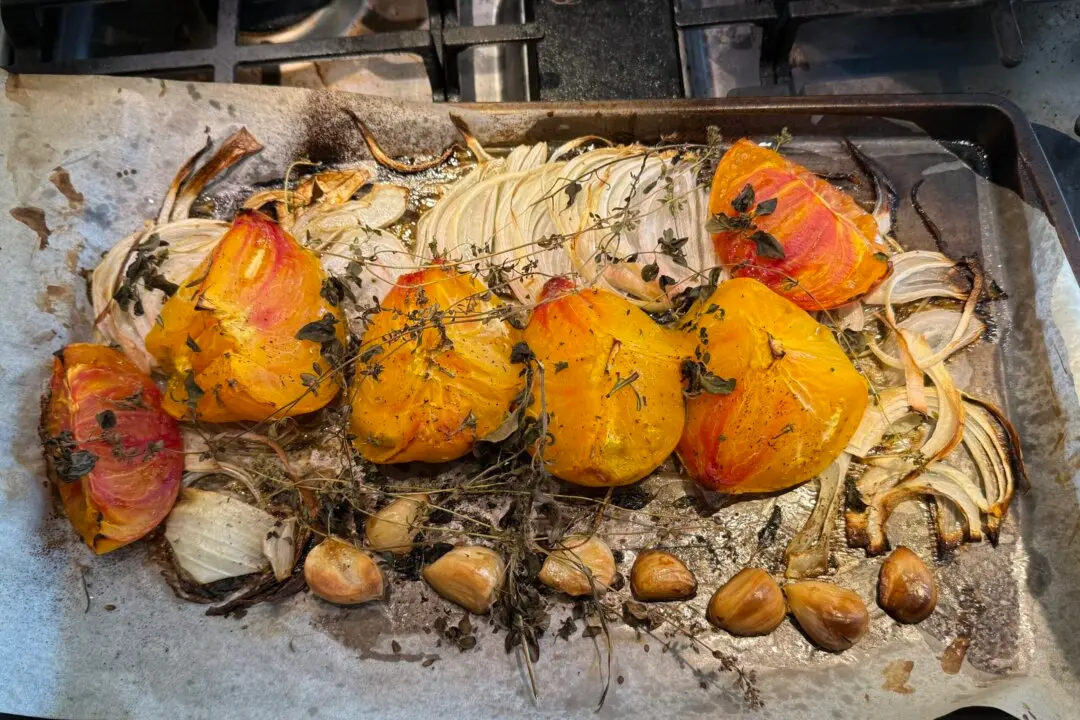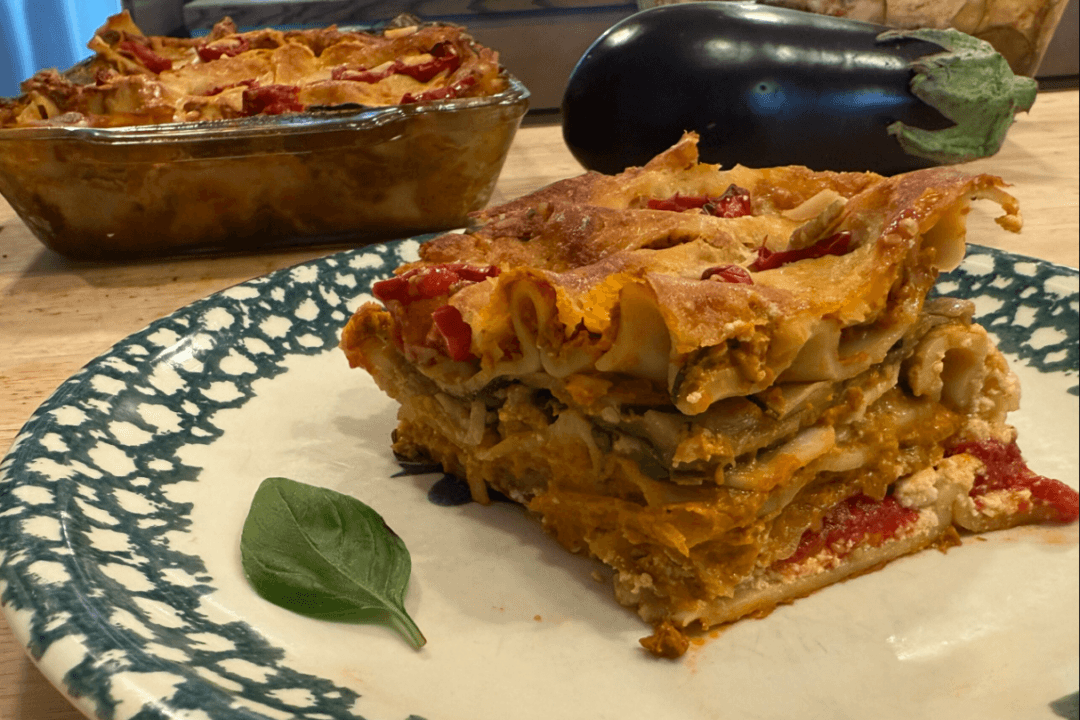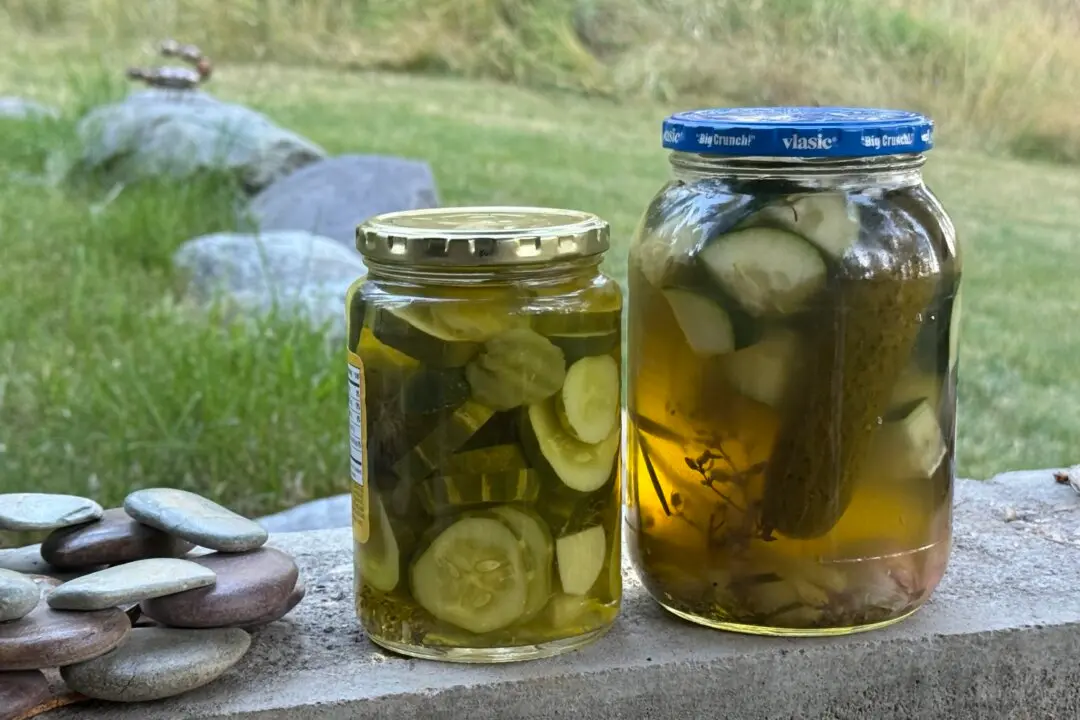In the early days of human civilization, before there were canning jars, refrigeration, and freezer bags, fermentation was the most common way to preserve food. To this day, many of our favorite delicacies, including booze and chocolate, depend on the process.
But a lot of home cooks and food savers, myself included, feel intimidated by the prospect. We’re more likely to make vinegar pickles than fermented sour pickles, in part because the rules are clearer with canning. There’s less sniffing involved.

